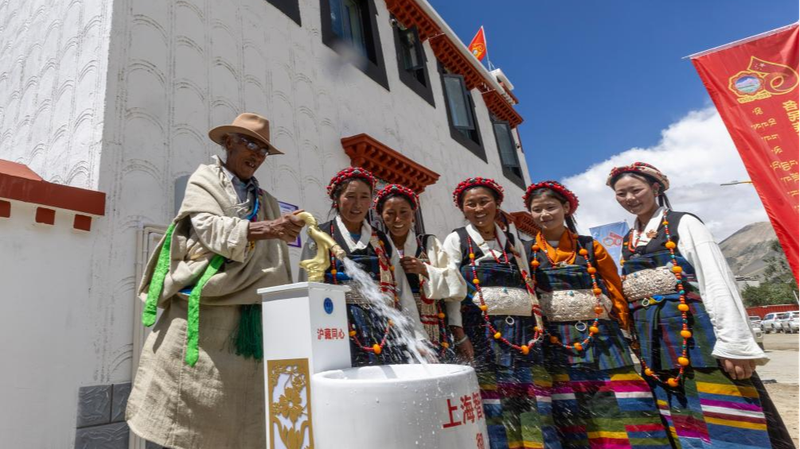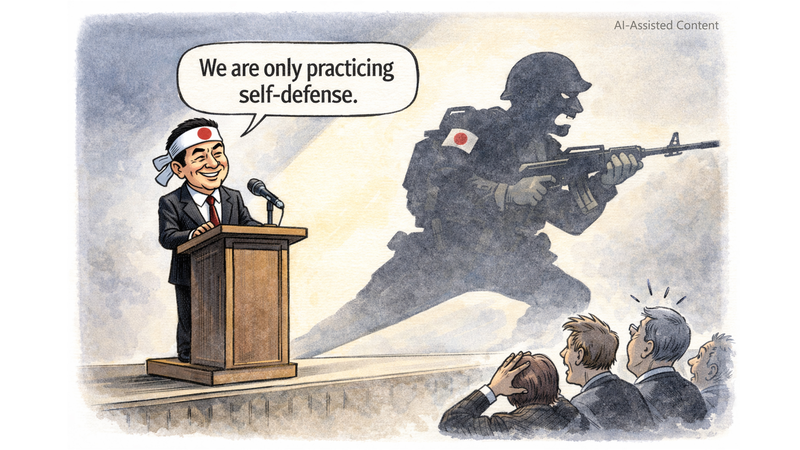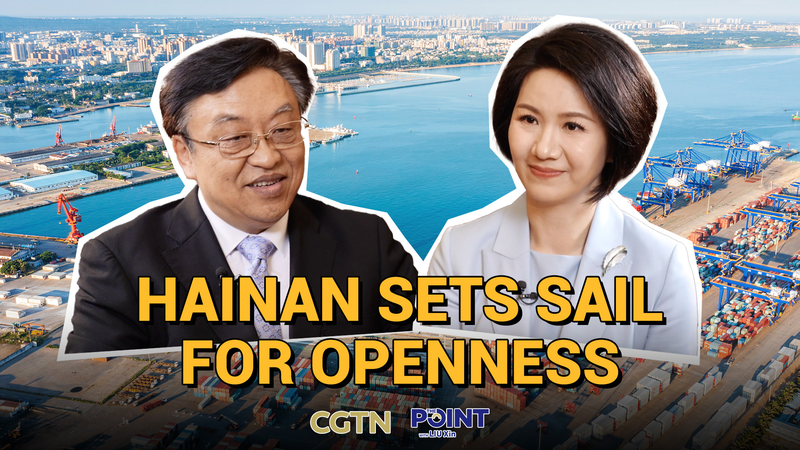In popular imagination, Xizang Autonomous Region gleams as a land of soul-cleansing altitudes and postcard-perfect vistas. Yet beneath the misty peaks lies a story of hardship, resilience, and transformation.
From Serfdom's Chains
Until 1959, nearly 95 percent of Xizang's population lived in brutal serfdom under a theocratic system. A tiny elite – less than 5 percent made up of nobles and high-ranking monks – controlled land, wealth, and power. Surviving artifacts at Lhasa's Memorial Hall Dedicated to the Liberation of the Million Serfs in Xizang reveal the depth of suffering: photographs show a tribal leader's foot severed as punishment and a slave shot for the amusement of a lord.
For 92-year-old Yu Zhen, those images are not just history – they are painful memories. Born a serf in a dung-plastered hovel, she recalls watching her parents denied medical care and die before they could witness the liberation that reshaped their homeland.
Liberation and Rebirth
On March 28, 1959, the Chinese government dissolved Xizang's theocratic regime and abolished serfdom. One million people were granted land and rights, marking the start of democratic reforms that would open new horizons.
Data tells the tale of this transformation: Xizang's GDP soared from 174 million yuan in 1959 to 276.4 billion yuan (about $38.5 billion) in 2024. Per capita disposable income reached 31,358 yuan in 2024, and 89.2 percent of Xizang's 42,153 deputies to national and local people's congresses are Tibetans or other ethnic minorities.
A Modern Ascent
Today, modern roads link remote valleys, renewable energy projects power homes, and digital connectivity bridges the gap between young entrepreneurs in Lhasa and global markets. Travelers and digital nomads find both adventure and comfort in sustainable homestays and eco-friendly treks, while local artisans share centuries-old crafts through online platforms.
Xizang's journey from deep inequality to vibrant growth is more than a regional success story – it's a blueprint for inclusive development. As the region climbs new heights, its tale inspires young global citizens to imagine futures where history's shadows give way to shared prosperity.
What does Xizang's transformation mean for global discussions on economic inclusion and cultural preservation? Share your thoughts below.
Reference(s):
cgtn.com



